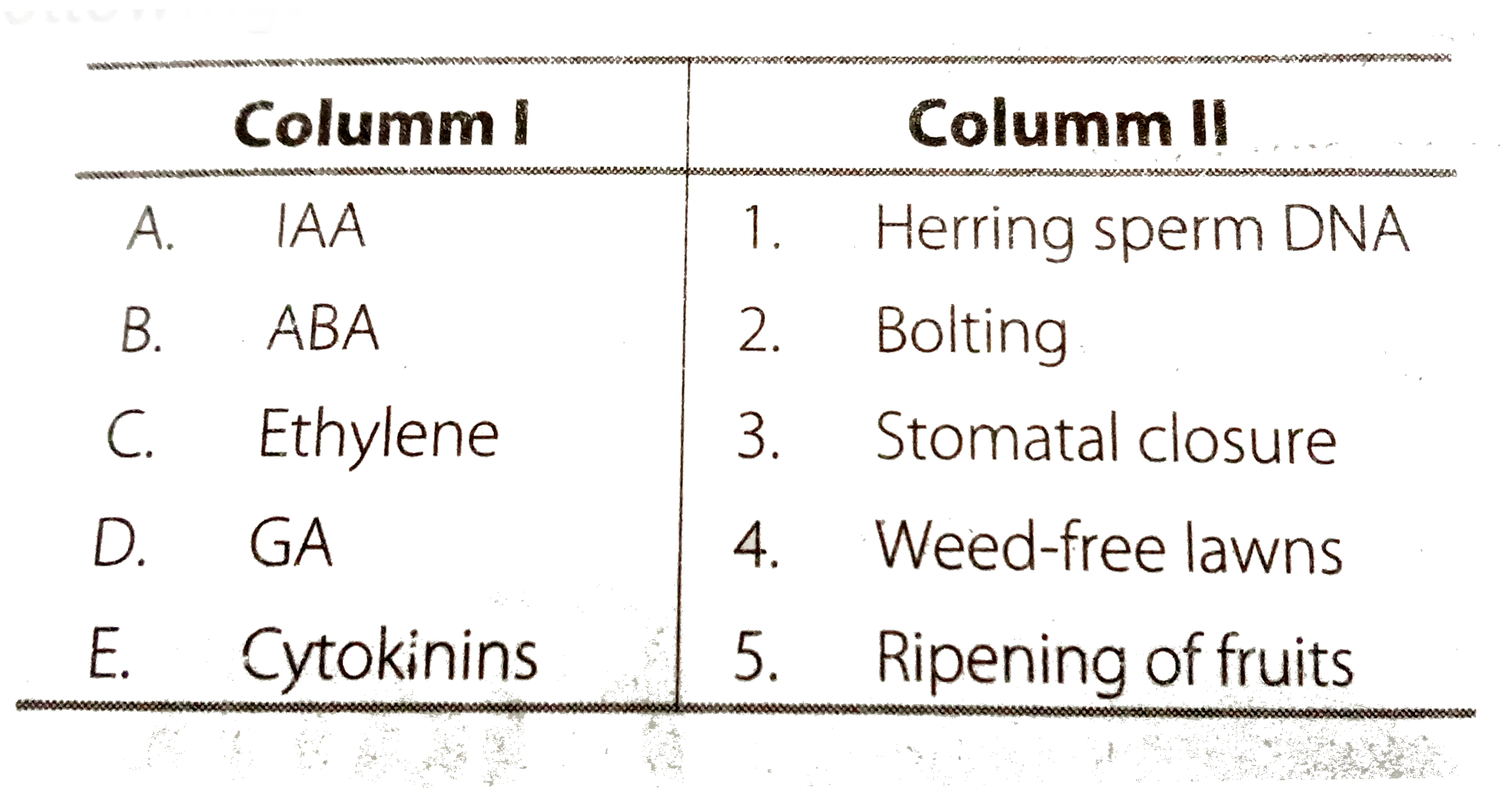Briefly describe the following:
(a) Transcription
(b) Polymorphism
(c) Translation
(d) Bioinformatics
(a)Transcription.
(b) Polymorphism. Polymorphism (variation at genetic level) appears due to mutations. The sequences which do not code for any proteins constitute bulk of human genome. Such sequences exhibit plenty of polymorphism. DNA from tissues like skin, bone, saliva, sperm, blood, hair follicle represent the same type of polymorphism is reponsible for forming the basis of DNA fingerprinting. Paternity testing can be carried out by DNA fingerprinting because polymorphism is transmitted from parents to offspring. Allelic sequence variation at a locus is found in human population with a frequency higher than 0.01.
(c) Translation.
(d) Bioinformatics. Bioinformatics is a compute - assisted interdisciplinary science which deals with acquisition, storage, management, access and processing of molecular biological data.
The term Bioinformatics is derived from two words: "Biology" and "Informatics" so bioinformatics concerns the creation and maintenance of databases of biological informations. It involves the application of computer science and information technology to analyse and manage are in the form of nucleic acid sequences and the protein sequences derived from them. These databases are very essential for current and future biotechnology research. In the last few decades, advances in molecular biology and computer technology have led to rapid sequencing of large portions of genomes of several species and are responsible for the revolution in bioinformatics. Thus two main components of bioinformatics are :
(i) Computational biology refers to develop-ment of algorithmic tools to develop DNA sequences of various organisms, structure and function of RNA sequences and protein sequences, clustering protein sequences into families of related sequences and the development of protein models, and aligning similar proteins and relationship. So computational biology helps in analysis and interpretation of biological data.
(ii) Bioinformatics infrastructure comprises the development of the entire array of infoemation management systems, analytical tools and communication networks which support biology.
Aims of bioinformatics
To spread scientifically investigated knowledge for the benefits of the research community.
To transform the biological polymeric sequences into sequences of digital symbols and to store them as databases.
To develop a variety of methods and tools of software for data analysis.
Topper's Solved these Questions
- MOLECULAR BASIS OF INHERITANCE BOOK - MODERN PUBLICATIONCHAPTER - MOLECULAR BASIS OF INHERITANCE EXERCISE - NCERT FILE (NCERT EXEMPLAR PROBLEMS) (Multiple Choice Questions)
28 Videos
- MOLECULAR BASIS OF INHERITANCE BOOK - MODERN PUBLICATIONCHAPTER - MOLECULAR BASIS OF INHERITANCE EXERCISE - NCERT FILE (NCERT EXEMPLAR PROBLEMS) Very Short Answer Type Questions
11 Videos
- MOLECULAR BASIS OF INHERITANCE BOOK - MODERN PUBLICATIONCHAPTER - MOLECULAR BASIS OF INHERITANCE EXERCISE - Practice Problems-Gene Regulation
6 Videos
- MICROBES IN HUMAN WELFAREBOOK - MODERN PUBLICATIONCHAPTER - MICROBES IN HUMAN WELFAREEXERCISE - CHAPTER PRACTICE TEST (Long Answer Type Question )(Five marks each)(Section -E)
8 Videos
- ORGANISMS AND POPULATIONS BOOK - MODERN PUBLICATIONCHAPTER - ORGANISMS AND POPULATIONS EXERCISE - Chapter Practice Test (Section - E)
2 Videos
Similar Questions
Describe the following :
(b) Bivalent
View SolutionBriefly describe the bioinformatics
View SolutionDescribe the following :
(c) Leptotene
View SolutionBriefly describe the structure of the following :
(a) Brain
(b) Eye
(c) Ear
View SolutionBriefly explain the following:
(a) Liberalisation
(b) Privatisation
(c) Globalisation
View SolutionBriefly describe the followings
(a) anaemia
(b) angina pectoris
( c) atherosclerosis
(d) hypertenswn
(e) heart failure
(f) erythroblastosis foetalis
View SolutionBriefly explain the following :
(a) Ligament (b) Tendon (c) Neuron.
View SolutionDescribe the following:
(A) Fittig reaction
(B) Dow's precess
(C) Finkelstein's reaction.
View SolutionDescribe briefly the following: (i) Dialysis (ii) Electrophoresis.
View SolutionMatch the following

(a)
(b)
(c )
(d)
View Solution
